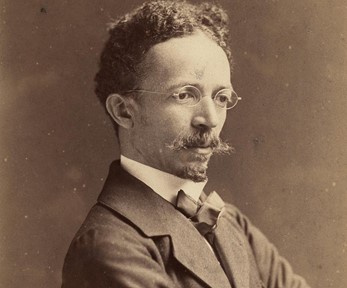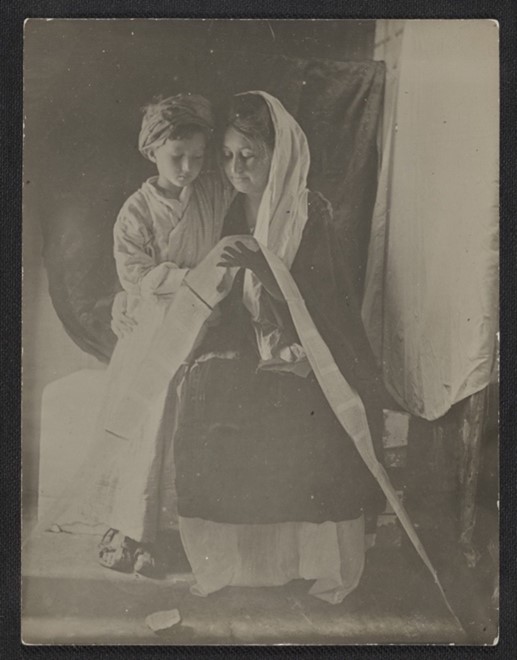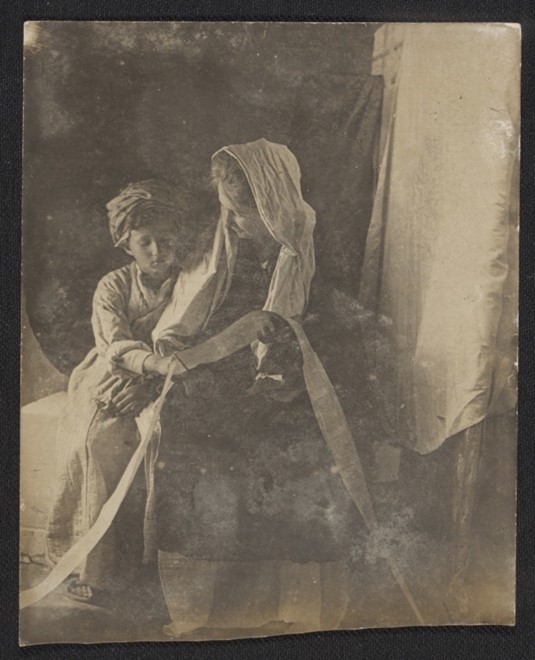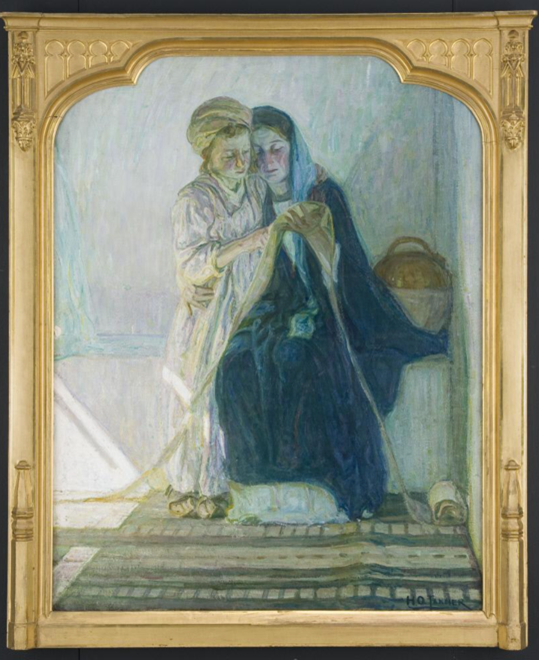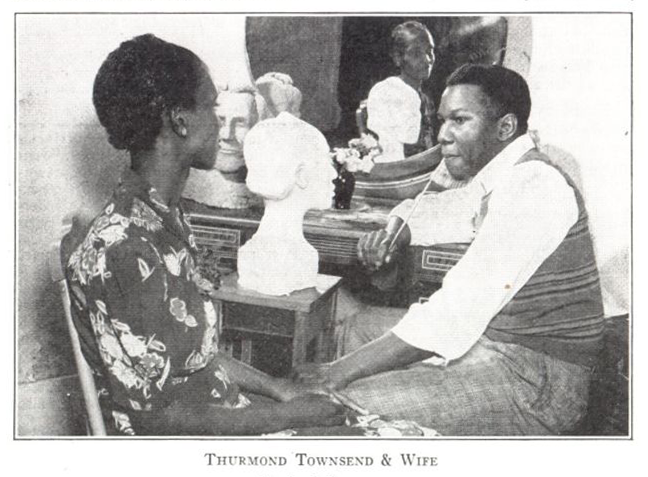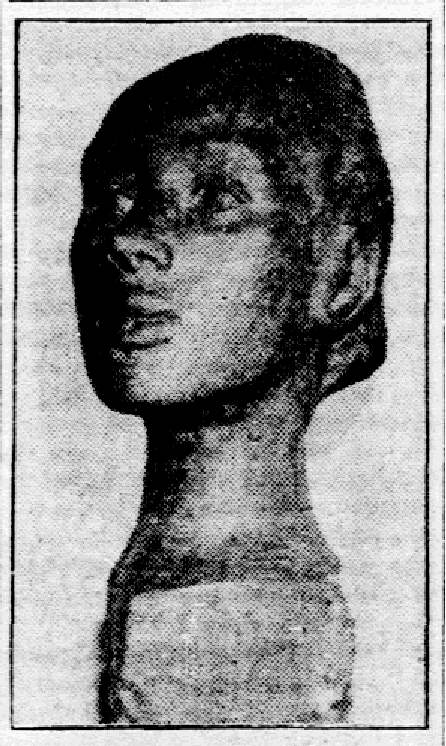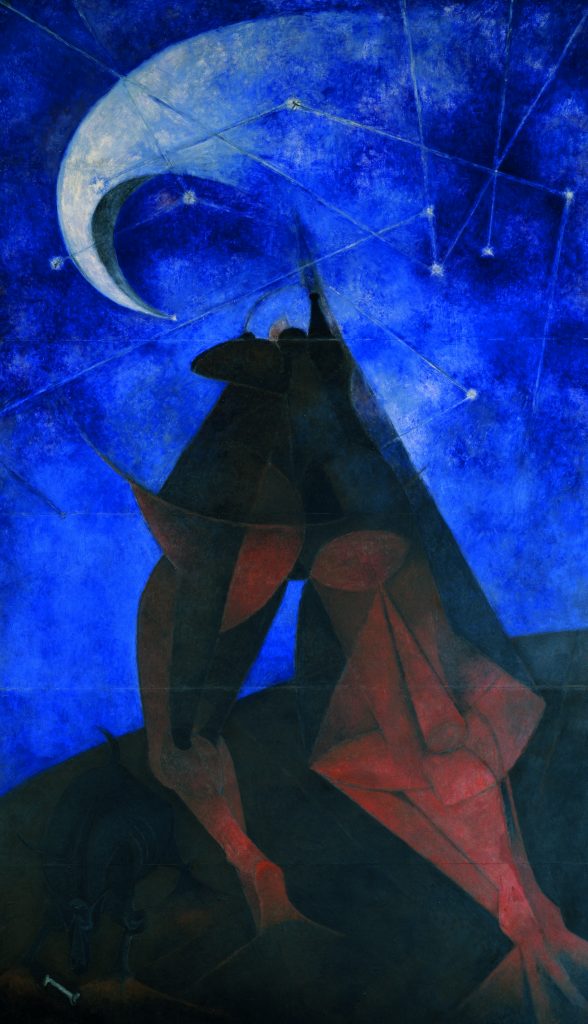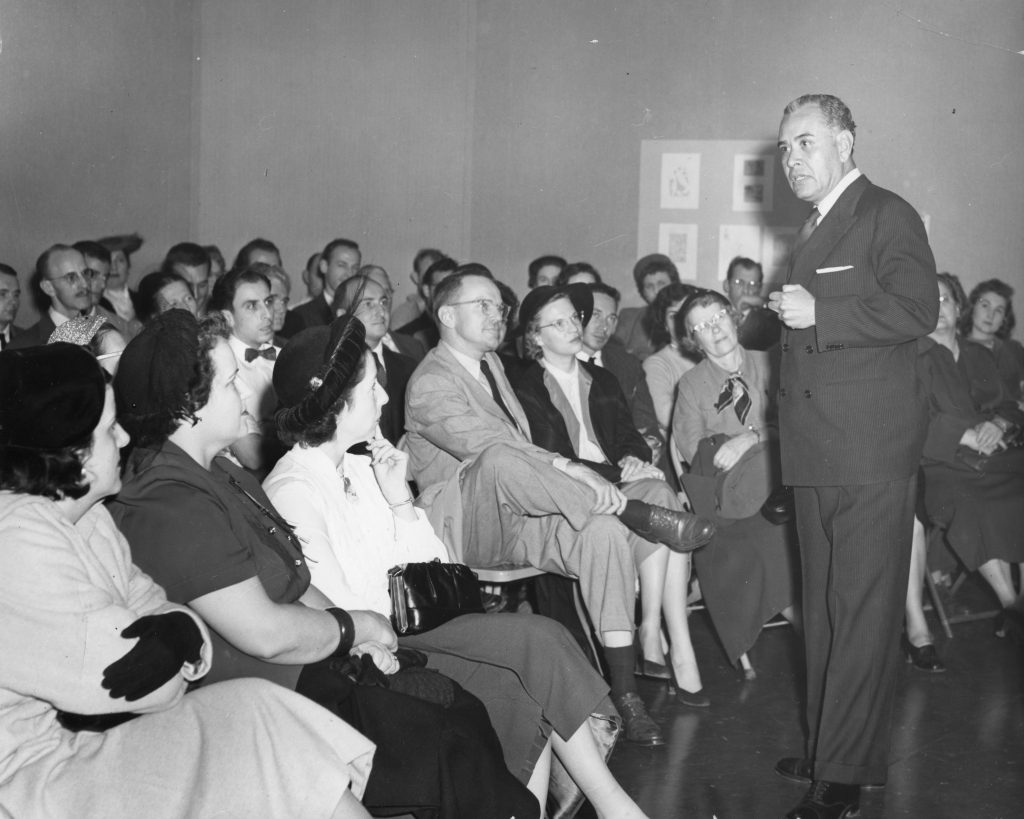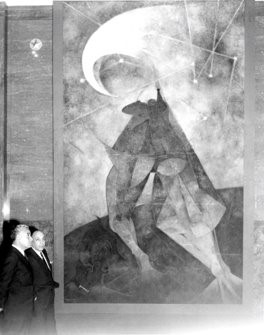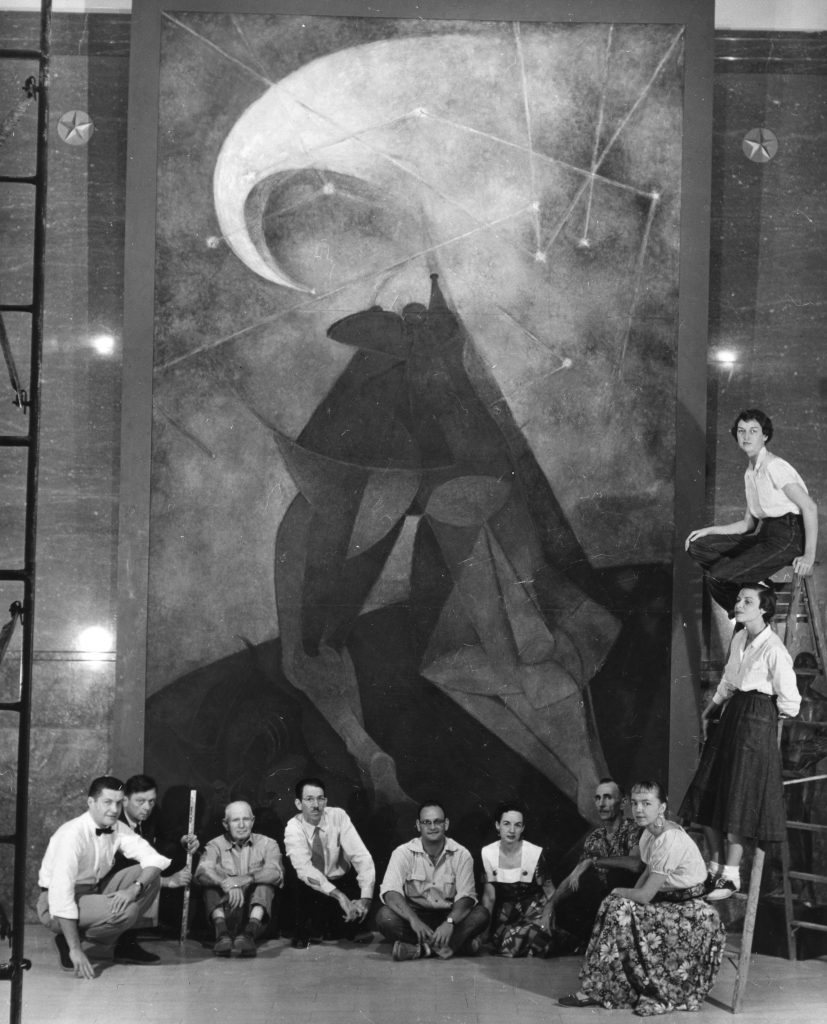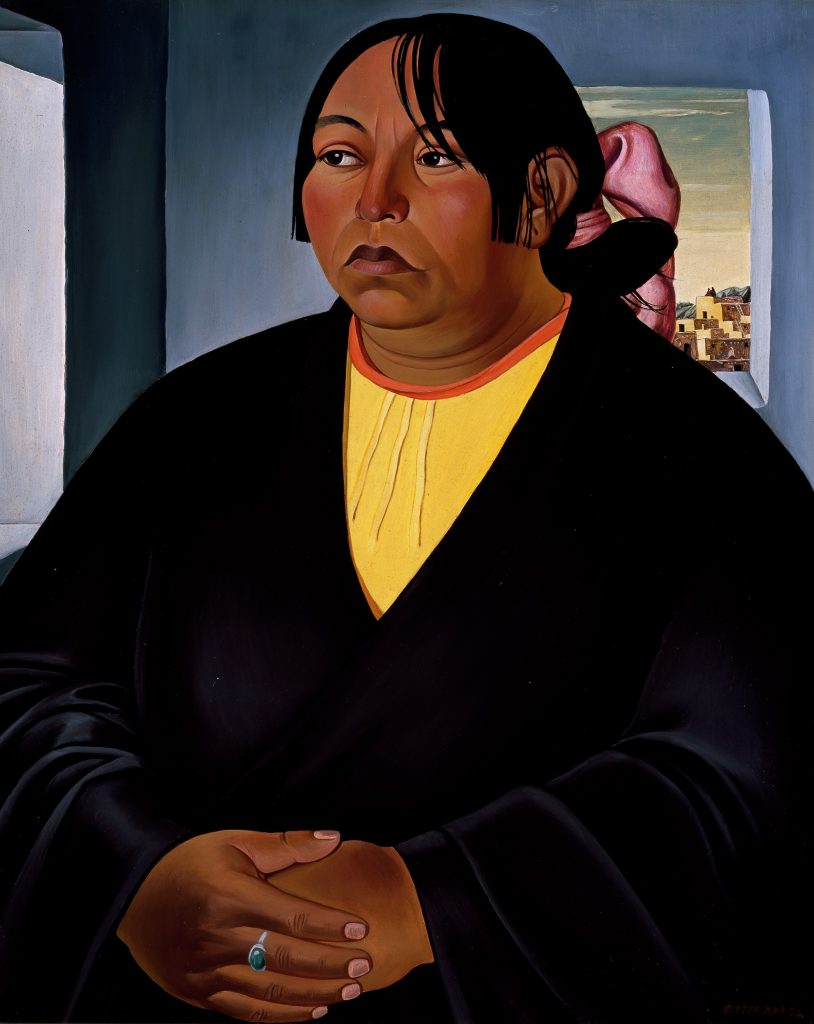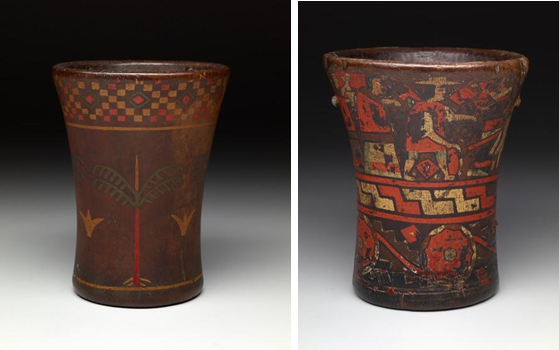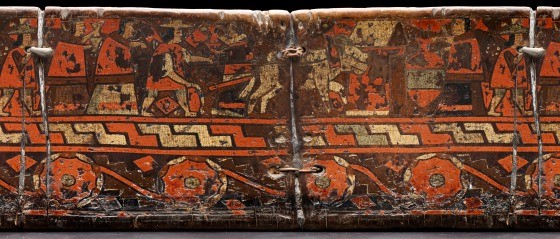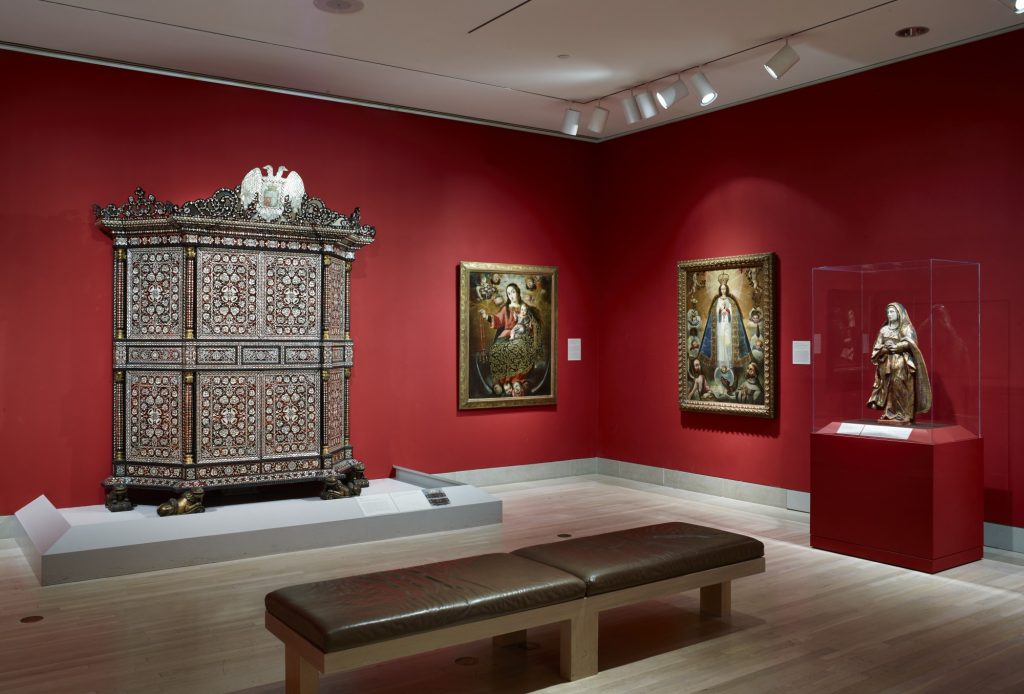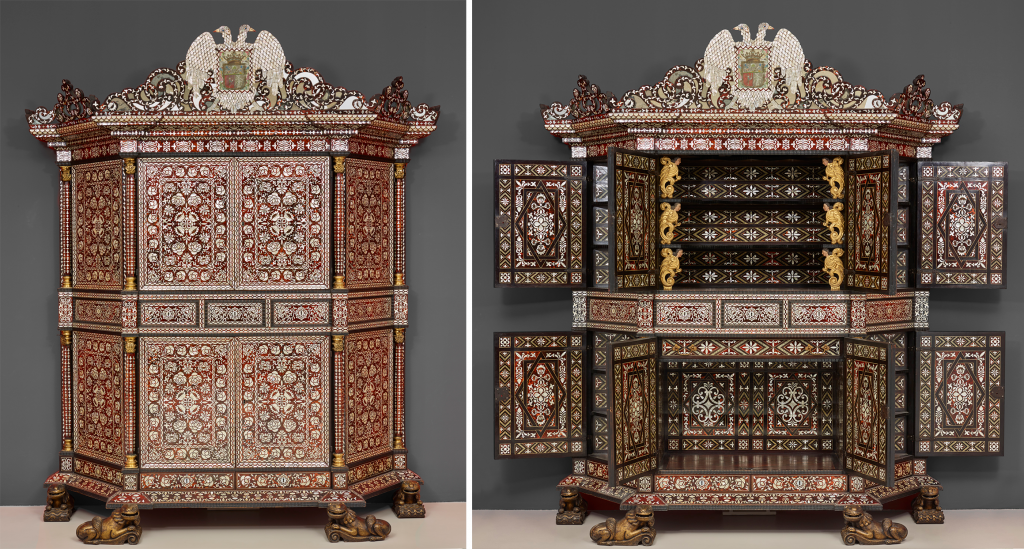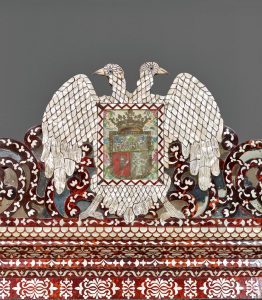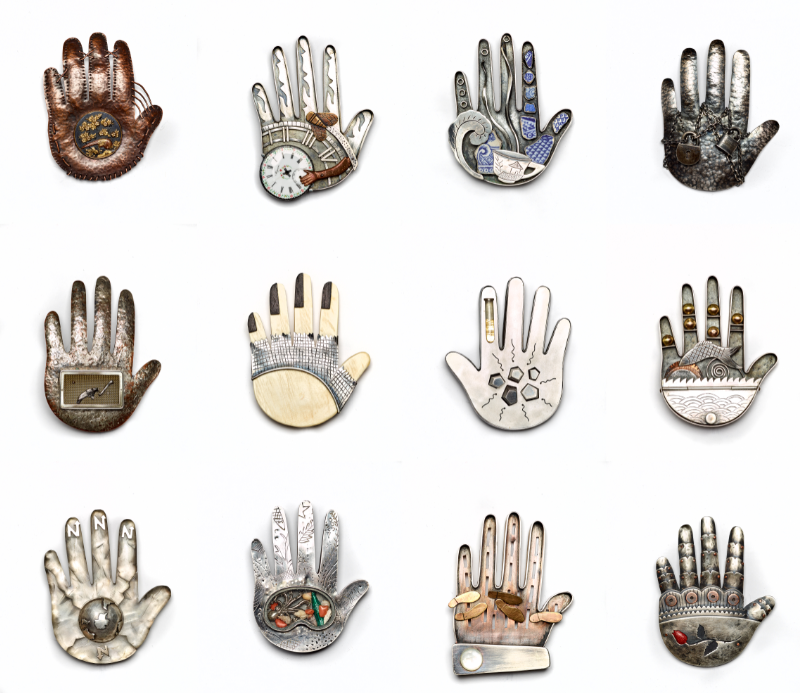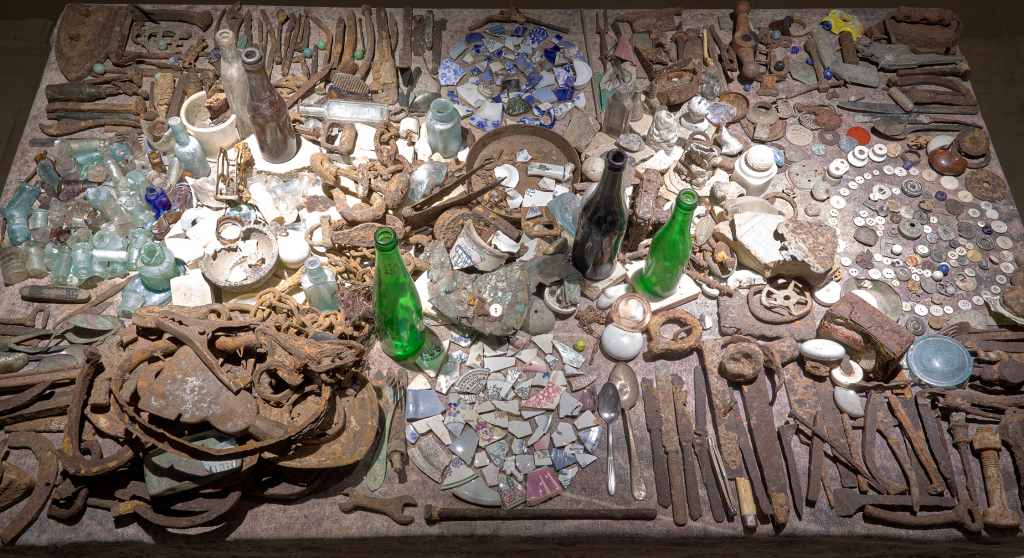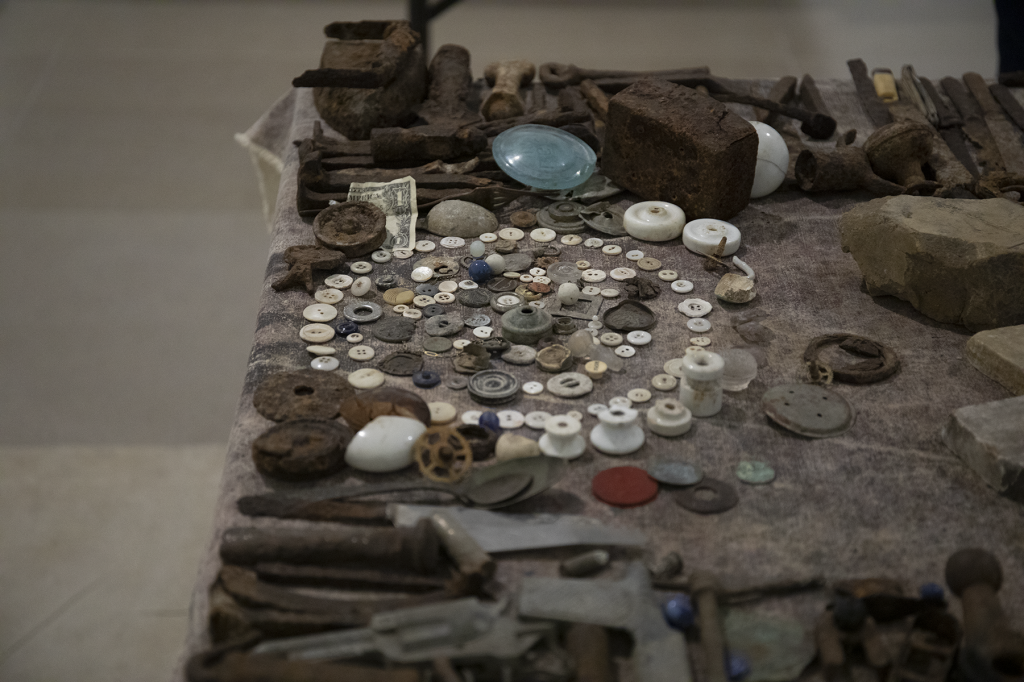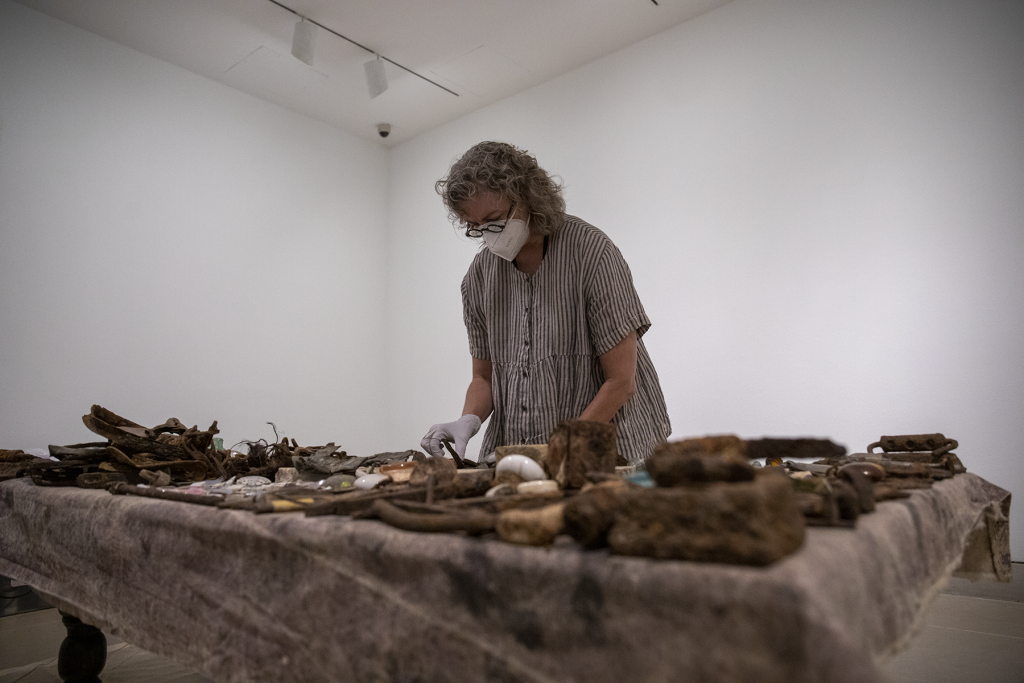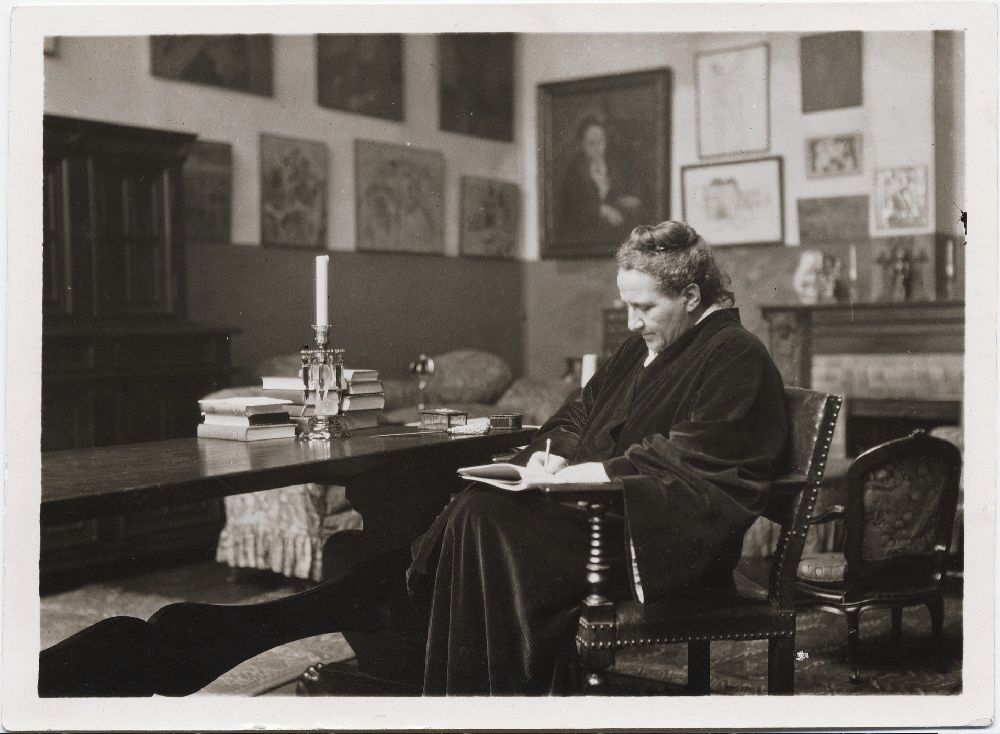
This is the history of Juan Gris.
—Gertrude Stein[1]
After the Salon des Indépendants in 1920, Juan Gris wrote a letter to Gertrude Stein, putting an end to more than half a decade of silence between them:
I am greatly flattered by what you say about my contribution at the Indépendants, more especially as you have a great understanding of painting.[2]
Stein was an American novelist, born in 1874 into an affluent upper-middle-class Jewish family. She studied psychology and medicine before moving to Paris in 1904. There she became one of the foremost connoisseurs of modern art and an early champion of Cubism. She was especially close to Picasso, and it is likely that she met Gris sometime in 1910 through their mutual friend; however, she did not start collecting Gris’s work until 1914, when she bought the first painting from the artist’s gallerist, Daniel-Henry Kahnweiler.

Image: Juan Gris, The Lamp, 1914, pasted paper, gouache, and conté crayon on canvas, Private collection
Gris and Stein seem to have been on friendly terms up until World War I. She always tried to support her artists while at the same time adding works to her impressive collection. When the war broke out in August 1914, and Gris’s German gallerist had to leave France, the artist found himself without income. Upon Picasso’s appeal, Stein tried to help Gris out by setting up an opportunity for him to exhibit in New York in the gallery of Michael Brenner. Additionally, she and Brenner offered monetary support in exchange for works. Kahnweiler, who thought the war would be a short affair, prohibited this deal and Gris had to decline the offer. Stein broke off contact with the artist until her visit to the Salon in 1920.
Their friendship resumed, grew stronger, and became more intimate. Gris valued Stein’s feedback, and he trusted her taste in and opinions on art. They visited each other frequently and were known to engage in deep and intellectual conversations. She appreciated the artist especially for the exactitude of his Cubism and his intricate compositions. When Gris’s sales and self-esteem were low, Stein tirelessly promoted his work by sending journalists to his studio, publishing texts about him, and collecting his works. In 1926 they collaborated on a project, with Gris contributing four lithographs to Stein’s publication A Book Concluding with as a Wife Has a Cow: A Love Story.
A sign of their close relationship, she was the only one to call him “Juan,” emphasizing his Spanish heritage, while he referred to himself as “Jean,” being enamored with everything French.

Image: Juan Gris, The Electric Lamp, 1925, oil on canvas, Centre Pompidou, Paris, Musée national d’art moderne/Centre de création industrielle. Gift of Louise and Michel Leiris, 1984. On deposit at Musée d’art moderne et contemporain de la Ville de Strasbourg since 1999
When Gris died in May 1927, Stein was heartbroken. Two months later, she published a personal epitaph in the magazine Transition. In her Autobiography of Alice B. Toklas, Stein would later acknowledge Gris’s importance to Cubism by elevating him to the same level as Picasso, where in her eyes he belonged:
[T]he only real cubism is that of Picasso and Juan Gris. Picasso created it and Juan Gris permeated it with his clarity and exaltation.[3]
Christine Burger is the Research Assistant for European Art at the DMA.
[1] Gertrude Stein, The Life of Juan Gris: The Life and Death of Juan Gris, in: In Transition: A Paris Anthology: Writing and Art from Transition Magazine 1927-30. New York, 1990,195.
[2] Gris to Stein, February 2, 1920, letter XCI, in Douglas Cooper, trans. and ed., Letters of Juan Gris [1913-1927]. Collected by Daniel-Henry Kahnweiler, London, 1956, 76.
[3] Gertrude Stein, The Autobiography of Alice B. Toklas, New York, 2020, 110.
